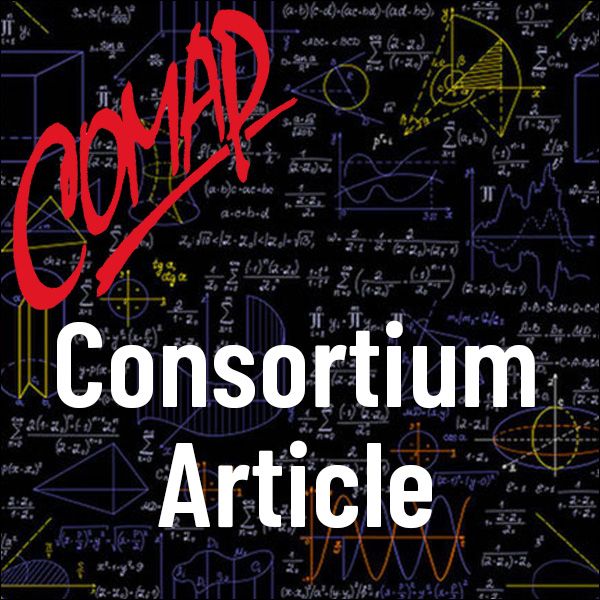Math in Any Language
Author: Richard Francis
Systems of numeration as quantitative languages fill many interesting pages in the history of mathematics. The most well known systems are those of the Egyptians, the Babylonians, and the Greeks from the Old World. Likewise, New World numeration, as in Mayan arithmetic or Oriental systems, provide additional insights into the quantitative thinking of generations long past.
Along with Hindu-Arabic numeration, a system coming quickly to mind is that of the Romans. Such a system is frequently encountered in detailed outlines and in the formal rendering of year numbers (such as the year 1999 is also the year MCMXCIX).
As number theory is an exploration of the integers, various curiosities emerge as some of its key descriptions are viewed in the light of differing systems. Modern number theory notions also blend in this comparison-contrasting endeavor and include palindromic primes, repunit primes, absolute primes, and more.
Note for example that primality is a notational invariant but absolute primality is not. Notational forms intriguingly suggest the world of the computer and the broad scope of mathematics in any language.
Table of Contents:
THE LANGUAGES OF NUMERATION
ROMAN PALINDROMES AND REPUNITS
ROMAN ABSOLUTES AND MORE
CONCLUSION
REFERENCES

Mathematics Topics:
Application Areas:
You must have a Full Membership to download this resource.
If you're already a member, login here.